Results
-
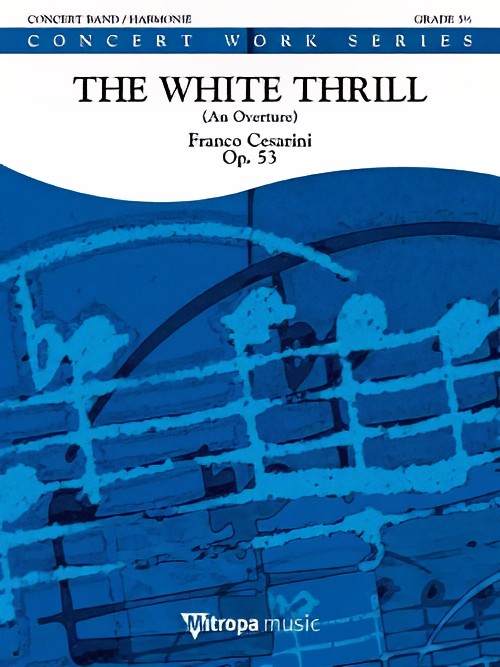 £109.99
£109.99The White Thrill (Concert Band - Score and Parts) - Cesarini, Franco
The White Thrill is a composition written on behalf of the "Musikkapelle Sankt Anton am Arlberg", in Austria. The theme refers to the ski race "Der weisse Rausch", that takes place every year in Sankt Anton. The composition is in an overture form, with a majestic introduction, a fast part, a slow part and a reprise of the fast part. One theme characterizes the entire composition, with its pleasantly syncopated and fascinating rhythms; symbolizing in music the sinuous gait of the track and the rapid maneuvers of the skiers. In the introduction, the majestic aspect, symbolizes the charm of the summits covered with snow, the grandeur of the alpine landscape. In the slow part, one can imagine the quiet of winter nights lit by the moon and the stars. A beautiful and ingenious piece. Duration: 8.00
Estimated dispatch 7-14 working days
-
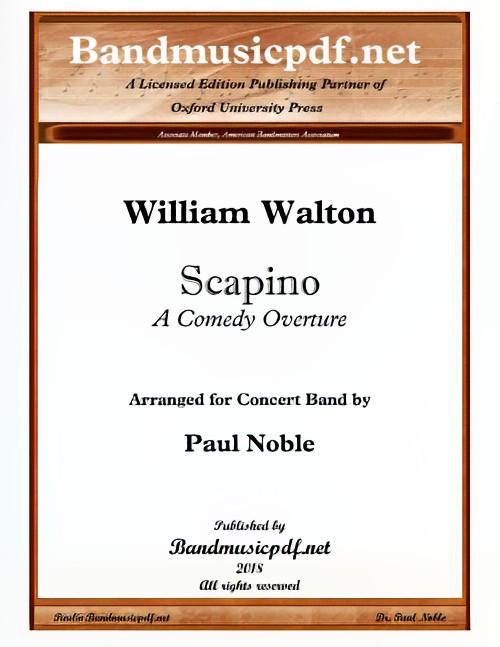 £395.00
£395.00Scapino (A Comedy Overture) (Concert Band - Score and Parts) - Walton, William - Noble, Paul
William Walton's Scapino: A Comedy Overture took as its inspiration the three-act comedy of intrigue Scapin the Schemer (French: Les Fourberies de Scapin) by the French playwright Moli?re. The title character Scapin is similar to the archetypical Scapino character. His name is related to the Italian word "scappare" (to escape) and his name translates to "little escape artist" in reference to his tendency to flee from fights, even those he himself begins. The play was first staged on 24 May 1671 in the theatre of the Palais-Royal in Paris. Scapino tends to make a confusion of anything he undertakes and metaphorically "flees" from one thought, activity or love interest to another, as his name implies, although he usually will return to it - eventually. Self-preservation and self-interest are his main concerns. This is not to say his wits are without merit. He is a schemer and scoundrel, and takes a certain pride in these facts. He was originally a masked character, although later versions usually have the actor simply powder his face. He is traditionally shown with a hooked nose and a pointed beard. Scapino was composed on commission from Frederick Stock and the Chicago Symphony on the occasion of the group's 50th anniversary, and received its world premiere by that ensemble, conducted by Stock, in 1941. This faithful arrangement is sure to find its way into the serious repertoire of outstanding Concert/Wind Bands worldwide.
Estimated dispatch 7-14 working days
-
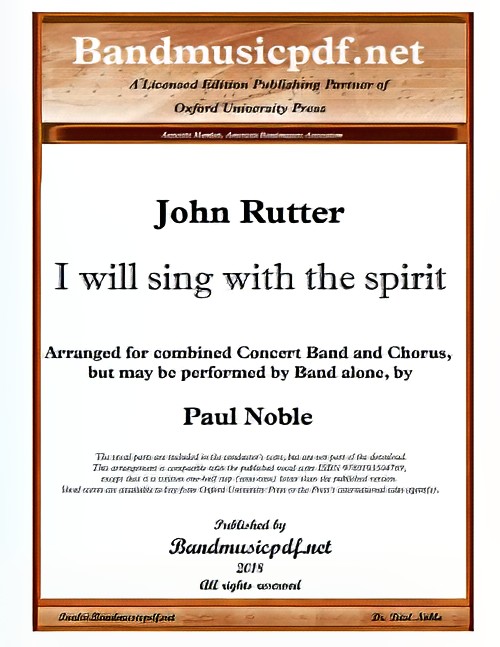 £75.00
£75.00I Will Sing with the Spirit (Concert Band with Optional Choir - Score and Parts) - Rutter, John - Noble, Paul
This well-known piece by John Rutter is set in a subtle Latin mode, to which the arranger has enhanced by adding castanets, maracas, claves, and congas. The arrangement is written for combined band and chorus, but may be performed by band alone, featuring a variety of instruments carrying the melody and its harmonies. It is written one-half step (one semi-tone) lower than the original presentation to better accommodate band instruments.
Estimated dispatch 7-14 working days
-
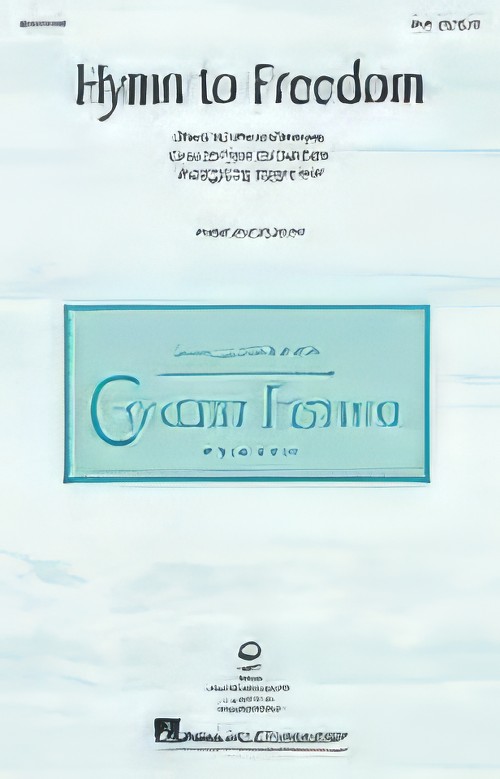 £2.25
£2.25Hymn to Freedom (SSA Chroal Octavo) - Peterson, Oscar - Hovi, Seppo
One of Oscar Peterson's most heartfelt compositions and now once again available in the classic arrangements by Paul Read (SATB) and Seppo Hovi (SSA), this song has been embraced by choirs throughout the world. Now available with concert band and strings accompaniment arranged by Robert Buckley
Estimated dispatch 7-14 working days
-
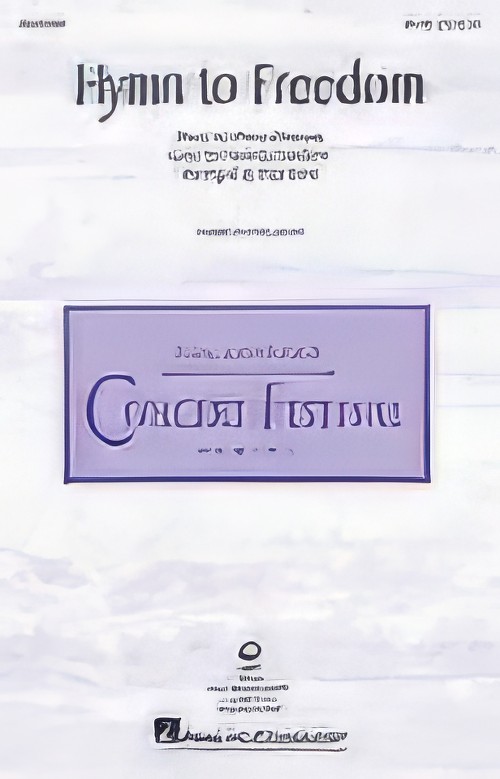 £2.25
£2.25Hymn to Freedom (SATB Choral Octavo) - Peterson, Oscar - Read, Paul
One of Oscar Peterson's most heartfelt compositions and now once again available in the classic arrangements by Paul Read (SATB) and Seppo Hovi (SSA), this song has been embraced by choirs throughout the world. Now available with concert band and strings accompaniment arranged by Robert Buckley
Estimated dispatch 7-14 working days
-
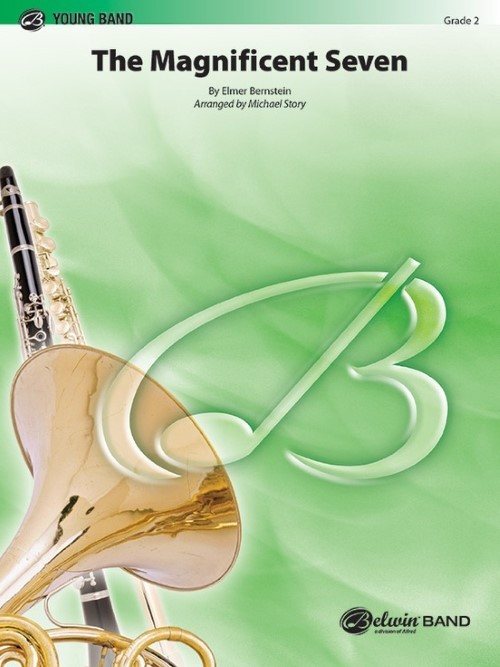 £64.50
£64.50The Magnificent Seven (Concert Band - Score and Parts) - Bernstein, Elmer - Story, Michael
Originally from the epic 1960 western, The Magnificent Seven, and featured in the soundtrack to the 2016 remake of the film, here is one of the greatest movie themes ever written. Elmer Bernstein's iconic two-bar rhythmic motif that accompanies the soaring melody is played at one time or another by all the winds. Saddle up!Duration: 2:00
Estimated dispatch 7-14 working days
-
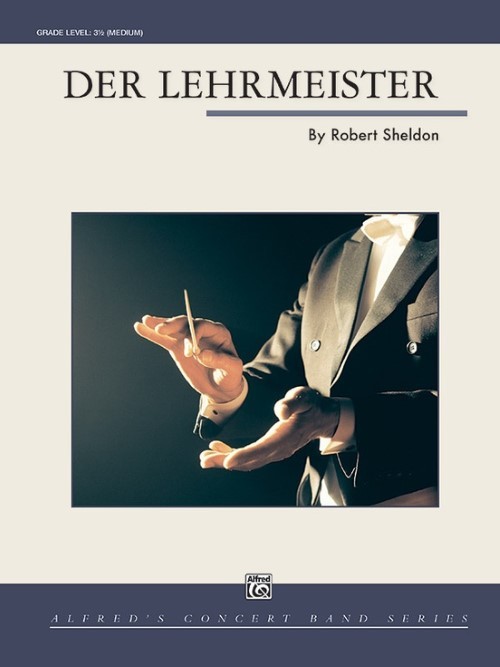 £77.50
£77.50Der Lehrmeister (Concert Band - Score and Parts) - Sheldon, Robert
The title of this piece translates from German to "The Master Teacher." Commissioned by the Florida Bandmasters Association in memory of Jack Crew, this piece serves to honor the memory of one of the all-time great teachers and musicians in our world of band music. The piece is written in a style reminiscent of Richard Strauss, one of Jack's favourite composers. Duration: 5:10
Estimated dispatch 7-14 working days
-
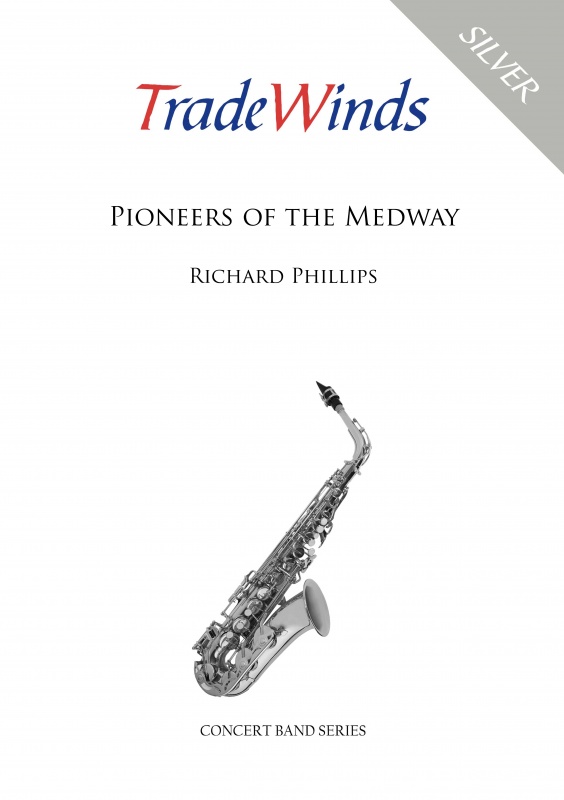 £64.95
£64.95Pioneers of the Medway (Concert Band - Score and Parts) - Phillips, Richard
The Salvation Army Band in my home town of Chatham, part of a conurbation of 5 towns in the South East of England known as the Medway Towns, celebrated their 135th anniversary in 2016 and this piece was composed as part of those celebrations. I suppose to some degree all composers and lyricists are pioneers, always striving to write something different and new. Well, there has been a number of 'creatives' who at one time or another have been members of the Chatham Corps and this piece includes songs from some of those. The opening motif is based on the 1st 3rd and 5th notes of the scale and after a short 'fanfare-like' introduction the tune of Blacklands (Ray Steadman-Allen) is heard in 4/4 time. This is followed by a song from Ray Jones, a former Bandmaster of the Corps entitled 'On resurrection day', a song for children's voices published in 1971 and for mixed voices in 2009. Rosemary Steadman-Allen's 'To know and do thy will' is at the heart of the link into 'Everywhere', a new setting of John Gowans' words by Andrew Maycock (both former members) which is proving to be very popular at the moment. Finally, an arrangement of this composer's setting of 'Praise the Lord' is used to bring this piece to its conclusion. It was first performed on October 1st 2016 by the Chatham band under the leadership of Bandmaster Ray Maycock.
Estimated dispatch 7-14 working days
-
 £12.95
£12.95Pioneers of the Medway (Concert Band - Score Only) - Phillips, Richard
The Salvation Army Band in my home town of Chatham, part of a conurbation of 5 towns in the South East of England known as the Medway Towns, celebrated their 135th anniversary in 2016 and this piece was composed as part of those celebrations. I suppose to some degree all composers and lyricists are pioneers, always striving to write something different and new. Well, there has been a number of 'creatives' who at one time or another have been members of the Chatham Corps and this piece includes songs from some of those. The opening motif is based on the 1st 3rd and 5th notes of the scale and after a short 'fanfare-like' introduction the tune of Blacklands (Ray Steadman-Allen) is heard in 4/4 time. This is followed by a song from Ray Jones, a former Bandmaster of the Corps entitled 'On resurrection day', a song for children's voices published in 1971 and for mixed voices in 2009. Rosemary Steadman-Allen's 'To know and do thy will' is at the heart of the link into 'Everywhere', a new setting of John Gowans' words by Andrew Maycock (both former members) which is proving to be very popular at the moment. Finally, an arrangement of this composer's setting of 'Praise the Lord' is used to bring this piece to its conclusion. It was first performed on October 1st 2016 by the Chatham band under the leadership of Bandmaster Ray Maycock.
Estimated dispatch 7-14 working days
-
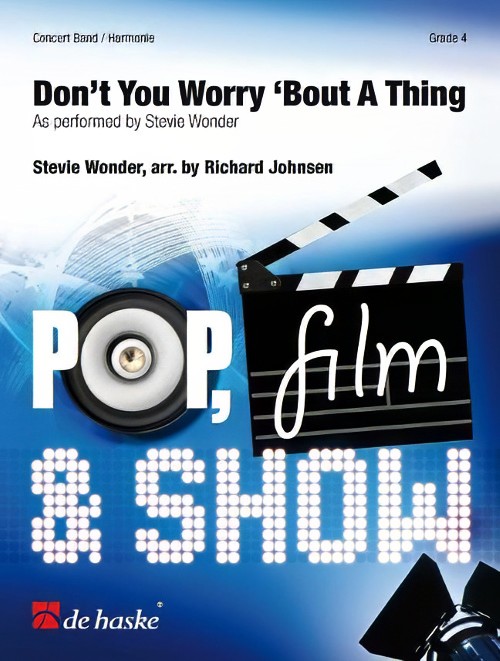 £102.99
£102.99Don't You Worry 'bout a Thing (Concert Band - Score and Parts) - Wonder, Stevie - Johnsen, Richard
Don't You Worry 'Bout A Thing is one of the most popular songs by Stevie Wonder and has been performed by various other famous artists throughout the years. The version from Al Jarreau is probably the most well known, and has been arranged by the Norwegian arranger Richard Johnsen. Duration: 4.15
Estimated dispatch 7-14 working days
